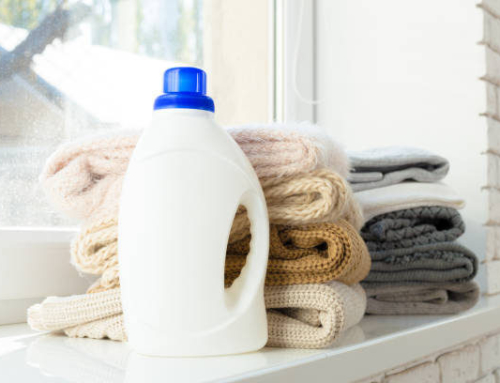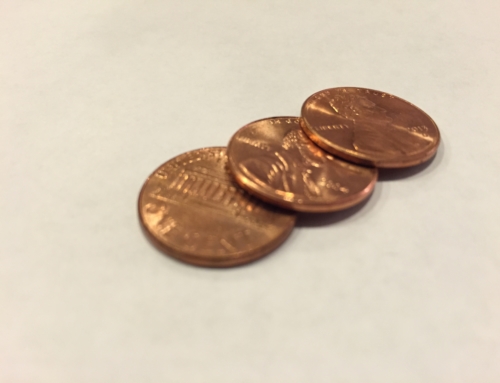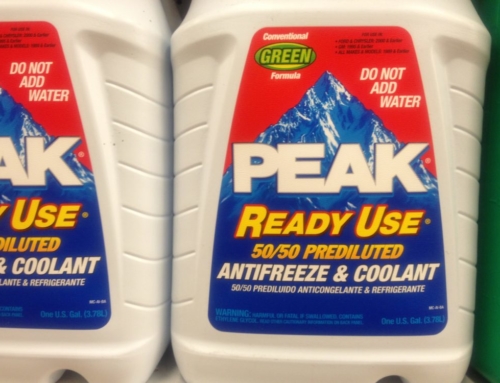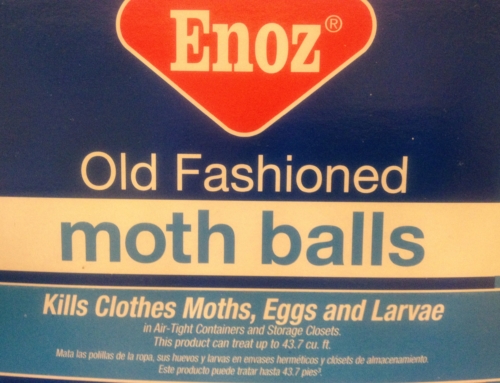Project Description
If you have any reason to suspect your pet has ingested something toxic, please contact your veterinarian or one of the other resources listed:
• ASPCA Animal Poison Control Center 24-hour hotline at (888) 426-4435
• Pet Poison Helpline® 24-hour animal poison control service at (855) 764-7661
Lead
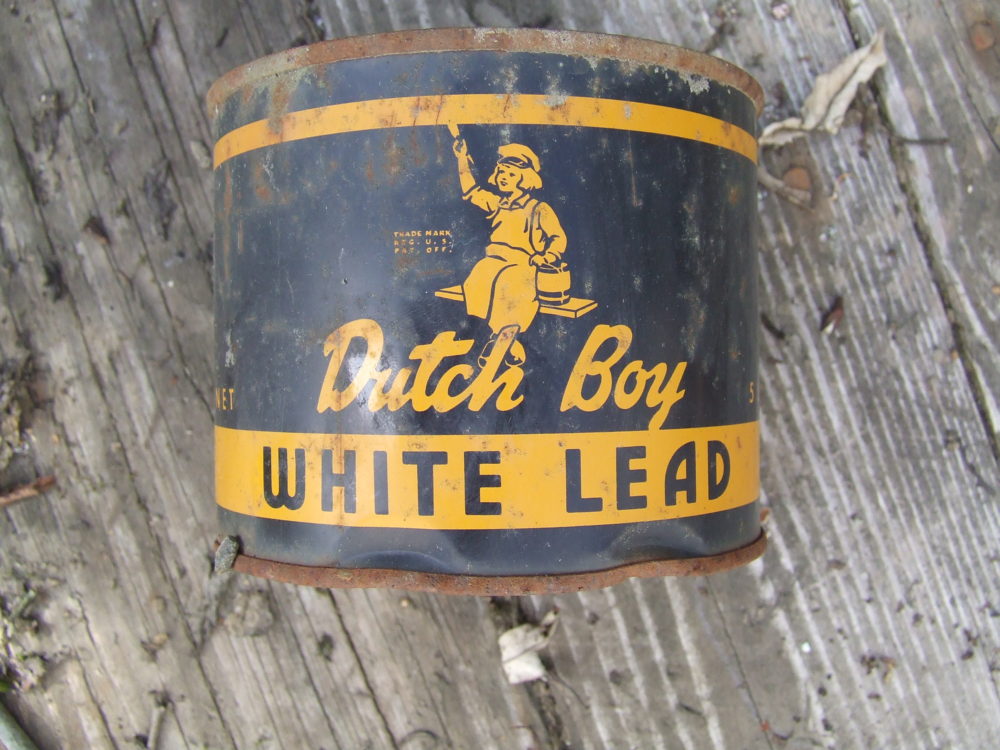
Exposure to lead can be quite toxic to pets. Lead paint or lead-contaminated dust or soil are the most common sources of lead poisoning in dogs and cats. Owners should be cautious of older, non renovated buildings were lead-based paint may have been used.
Other household sources of lead poisoning include car batteries, linoleum, plumbing materials, lubricating compounds, putty, tar paper, lead foil, golf balls, pencils, and fishing supplies.
Signs and symptoms of toxicity: vomiting, diarrhea, refusal to eat, weight loss, abdominal pain, extreme fatigue, increased thirst, increased urination, and seizures.
Toxic consumption: The toxicity threshold in cats is not well defined. In dogs, the toxicity is dependent on the lead form. Ingestion of 190 mg/kg has been shown to cause acute toxicosis.
| X-Small Yorkie, Chihuahua |
Small Pug, Boston Terrier, Poodle |
Medium Beagle, Scottish Terrier |
Large Boxer, Cocker Spaniel |
X-Large Retriever, German Shepherd |
XX-Large Great Dane, St. Bernard |
| 1 – 10 lbs. (0.45 – 4.6 kg) |
11 – 25 lbs. (5 – 11.4 kg) |
26 – 40 lbs. (11.8 – 18.2 kg) |
41 – 70 lbs. (18.6 – 31.8 kg) |
71 – 90 lbs. (32.3 – 40.9 kg) |
91 – 110 lbs. (41.4 – 50 kg) |
 |
 |
 |
 |
 |
 |
| > 85 mg | > 950 mg | > 2242 mg | > 3534 mg | > 6137 mg | > 7866 mg |
References:
– Morgan, RV. Lead poisoning in small companion animals: an update (1987 – 1992). Vet Hum Toxicol 1994;36:18-22.
– Osweiler, G, et al. (2011). Blackwell’s five-minute veterinary consult clinical companion. Small Animal Toxicology. [Kindle version]. Retrieved from Amazon.com
– VanAlstine WG, Wickliffe LW, Everson RJ, et al. Acute lead toxicosis in a household of cats. J Vet Diagn Invest 1993;5:496-498
Pet Poison Control is provided free as a public service by the American College of Veterinary Pharmacists. Today we’re asking you to support us with a small donation. If you would like to dedicate your gift in honor or memory of a pet or individual, you will have that option before checkout. Your gift of any amount helps us maintain this resource and make it available to the pharmacy and veterinary communities. Thank you!


